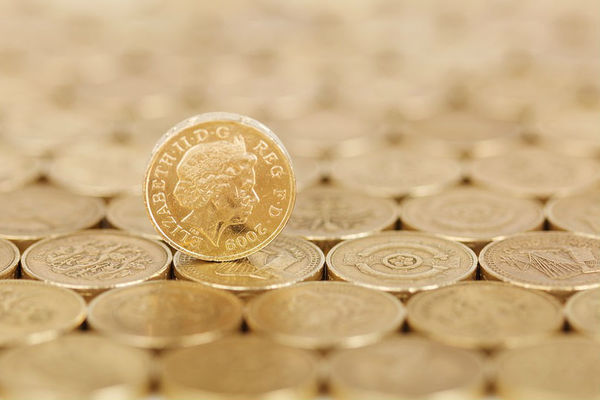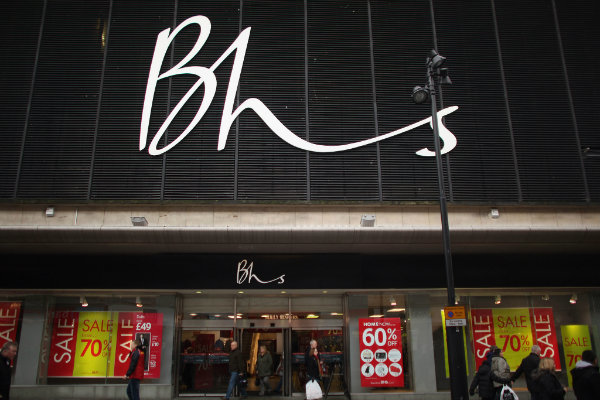Inflation continued to rise in November hitting 1.2 per cent marking the worst month in two years and overreaching predictions.
New figures from the Office of National Statistics have found that the fall in the value of the pound is now starting to take its toll on shoppers.
Despite last month‘s announcement from the ONS that there was “no clear evidence” Brexit was having an effect on prices, it is now becoming apparent that rising import costs due to the weak pound are having a negative effect on UK prices.
READ MORE: “No clear evidence” of Brexit’s effect on inflation says ONS
Economist at Scotiabank told The Guardian: “There was a scattering of monthly increases for exchange rate sensitive components that were higher than the seasonal norm.
“This to me represents the early signs of the pound‘s depreciation feeding into the inflation data. There is plenty more where that came from.”
Many, including the Bank of England have predicted that this trend will not only continue, but rise sharply to around three per cent next year.
Winter coats were thought to be a key factor in last month‘s figures, as prices in the clothing sector rose by 1.6 per cent.
READ MORE: Brace yourselves, inflation is coming
Prices of goods in the manufacturing process continued to rise sharply, up 12.9 per cent from last year in the biggest rise for half a decade.
With this in mind the debate now stands at whether how much of these cost increases retailers will pass on to their customers, rather than whether or when the weak pound will affect the economy.
Click here to sign up to Retail Gazette’s free daily email newsletter
















